Australia’s biggest battery subsidy program, South Australia’s Home Battery Scheme, will soon undergo some changes with new subsidy levels and cap expected to be unveiled this week. Launched in 2018, the $100 million subsidy program plans to see 40,000 home batteries installed across the state.
Presently, the subsidy is $500 per kWh and $600 per kWh, the latter one being reserved for concession holders. The maximum subsidy level is currently capped at $6,000. The new subsidy levels and cap will be publicly announced on Friday, providing all South Australians six week’s notice of the change that takes effect on April 15.
These changes to the SA Home Battery Scheme do not come out of the blue. As announced by the state government at the program’s launch, subsidy levels and the subsidy cap were expected to reduce over time due to increasing competition in the market and cost reductions of home battery systems. While the full explanation for the subsidy and cap reduction will be available to all system providers on Thursday and publically on Friday, it appears the momentum has been building behind the scheme in recent months following a sluggish start.
“The subsidy uptake has significantly increased in recent months, with over 7,000 subsidies now approved,” says a statement attributed to SA’s Department of Energy and Mining and released on RateSetter’s website. “Approximately 79 megawatt hours of storage capacity is now committed to under the Scheme – over 60% of the current capacity of the Hornsdale Power Reserve – the biggest battery in the world.”
Delivery partner selection
Peer-to-peer lender, RateSetter was named the exclusive administrator of the SA Home Battery Scheme based on a funding deal with the Clean Energy Finance Corporation (CEFC) back in 2018 and tasked to offer $100 million in loans in cases when the upfront costs of the home battery system installations are not met by the SA government subsidies. It has since administered over 4,000 solar battery subsidies.
The fintech company was once again appointed as the delivery partner for the NSW Empowering Homes pilot launched on Friday, a program that could eventually be rolled out statewide to include to up to 300,000 NSW homeowners. This has prompted criticism from other lenders that have accused the CEFC of favoritism of RateSetter amid a lack of transparency around the appointment and selection process of the delivery partner.
Nonetheless, the SA program appears to have translated into a big win for everyone involved. According to Minister for Energy Dan van Holst Pellekaan, participants have cut their electricity bills significantly, sometimes to almost nothing. The scheme has also spurred virtual power plant (VPP) programs in South Australia, providing consumers with additional benefits, and in many cases providing grid stability to the state. Seven VPP programs are now available for households to choose from, including AGL, ShineHub, Simply Energy, EnergyAustralia, Stoddart Group, sonnen, and Tesla.
Victoria’s battery rebate program expanded
Meanwhile, in Victoria, the number of eligible postcodes for home battery rebates under the government’s Solar Homes programs has more than doubled. The Victorian scheme, which offers up to a $4,838 rebate on a battery system, was already once extended from the initial 24 to 104 postcodes. It now includes more than 250 postcodes across the state, as seen below in the table posted by Gippsland Solar on Facebook.
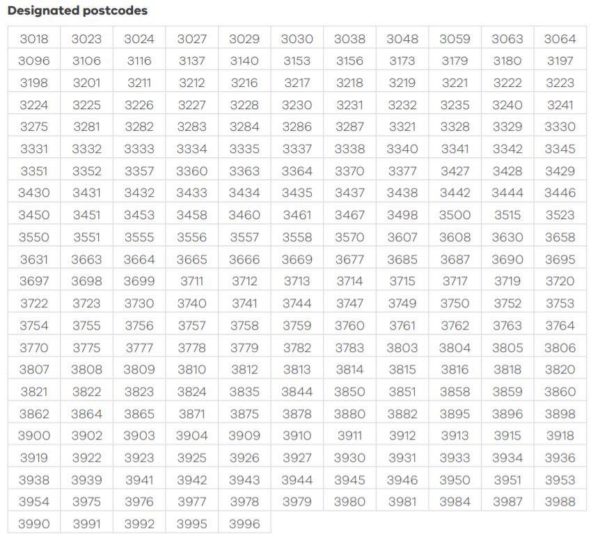
The significant extension of the battery scheme could spur demand for home battery rebates, which was initially sluggish, unlike the state’s rooftop solar rebate that has been in hot demand since Day 1. This year, the Solar Homes program will offer a total of 1,000 battery rebates to eligible solar households.
Victorians seeking to apply for a rebate must obtain approval for a battery from their distribution network service provider (DNSP) before installation, have an existing solar PV system larger than 5 kW, and meet other eligibility criteria. Importantly, one of the eligibility criteria states that the battery rebate is not available to solar households that have already taken part in the Solar Homes program. For the full list of eligibility criteria, go to the Solar Victoria website.
This content is protected by copyright and may not be reused. If you want to cooperate with us and would like to reuse some of our content, please contact: editors@pv-magazine.com.
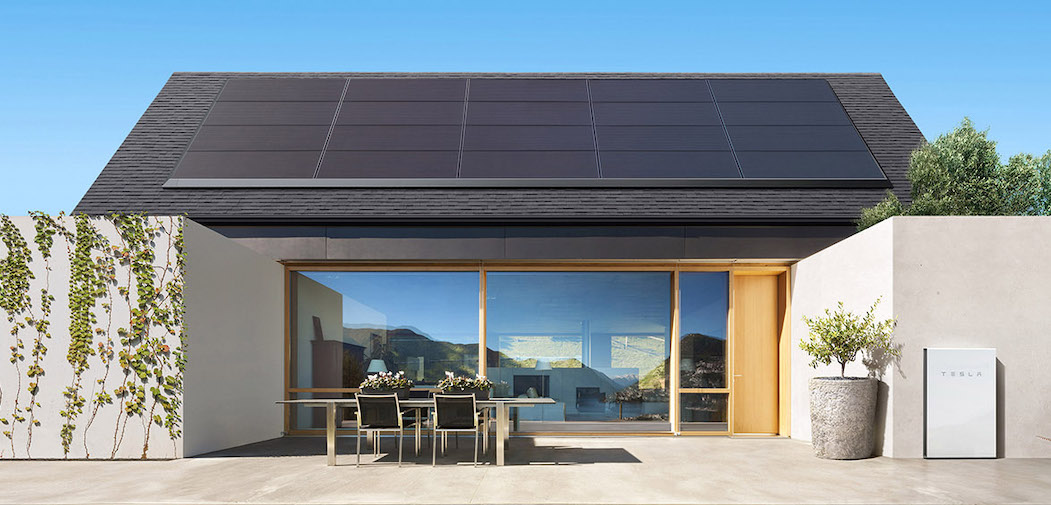




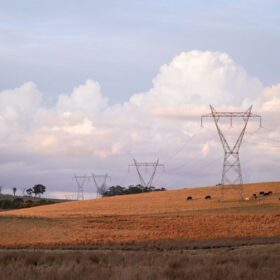
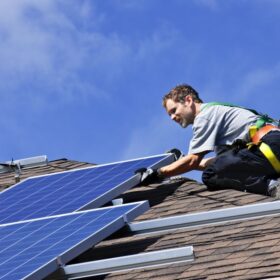
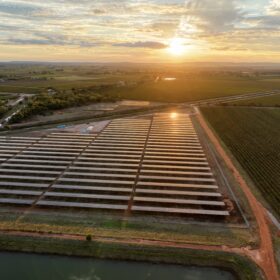
By submitting this form you agree to pv magazine using your data for the purposes of publishing your comment.
Your personal data will only be disclosed or otherwise transmitted to third parties for the purposes of spam filtering or if this is necessary for technical maintenance of the website. Any other transfer to third parties will not take place unless this is justified on the basis of applicable data protection regulations or if pv magazine is legally obliged to do so.
You may revoke this consent at any time with effect for the future, in which case your personal data will be deleted immediately. Otherwise, your data will be deleted if pv magazine has processed your request or the purpose of data storage is fulfilled.
Further information on data privacy can be found in our Data Protection Policy.